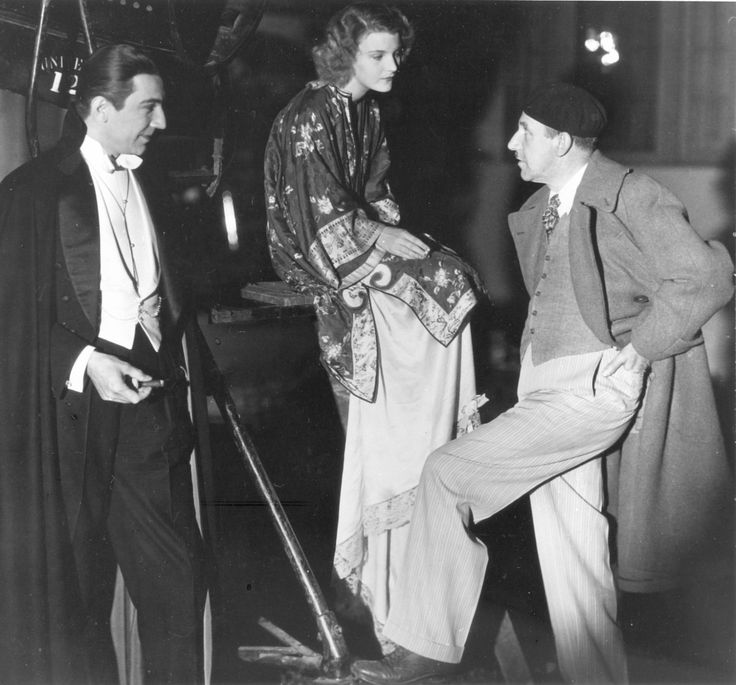Toddlers need consistent care from a pediatrician to make sure, among other things, that they are hitting developmental milestones and their vaccinations are up-to-date. Tetra Images/Getty Images hide caption
toggle caption Tetra Images/Getty Images
Many babies born to mothers who are covered by Medicaid are automatically eligible for that health insurance coverage during their first year of life. In a handful of states, the same is true for babies born to women covered by the Children’s Health Insurance Program.
Yet, this approach is routinely undermined by another federal policy that requires babies’ eligibility for these programs to be re-evaluated on their first birthday. Although they’re likely still eligible for coverage, many of these toddlers don’t get it because of a tangle of red tape.
People often cycle in and out of Medicaid and CHIP, state/federal health programs for low-income residents, as their income or family circumstances change. Such churning is a long-recognized problem. The requirement that people renew their coverage annually may also cause hiccups.
“Many people lose Medicaid coverage for procedural reasons,” says Shelby Gonzales, a senior health policy analyst at the Center on Budget and Policy Priorities. “But there are all sorts of things that are unique about babies turning 1” that present extra challenges.
“You hate any baby to lose coverage,” says Jill Hanken, a lawyer with the Virginia Poverty Law Center who has worked on this issue. “A 1-year-old needs to have consistency with their health care and visits with the pediatrician.” Regular well-baby visits ensure kids are developing properly and get scheduled vaccines, among other things.
One potential snag in retaining toddlers’ coverage is that their first-year review is pegged to their date of birth, which is generally different from the annual renewal date for other family members’ coverage.
In other instances, states that don’t seek babies’ Social Security numbers until they turn 1 may have a tougher time getting the income and other data they need to process the renewal. And some states mistakenly ask for documentation proving the baby’s citizenship, which is not required if Medicaid or CHIP paid for the birth.
Antiquated computer systems sometimes automatically drop babies after their first birthday unless a renewal has been processed. This can be a problem in states that are behind in renewals, which is not uncommon, Gonzales says; some states have scrambled to implement the many requirements of the health law.
It’s hard to quantify the extent of the problem nationally. An analysis of data from the 2014 American Community Survey of 700,000 children found that children between the ages of 1 and 2 were less likely than infants to be covered by Medicaid or CHIP. That suggests “some children may be losing Medicaid/CHIP coverage at their first birthday,” says Genevieve Kenney, a co-director and senior fellow at the Urban Institute’s Health Policy Center.
The experience of the state of Connecticut offers a window on the problem. Connecticut Voices for Children, a policy research and advocacy organization, has tracked the issue closely for several years. In 2008 and 2009, 42 percent of babies who had been considered automatically eligible for Medicaid at birth lost their coverage at the end of the month they turned 1. That’s compared with roughly 6 percent of babies who were in other Medicaid coverage groups, such as those whose mothers had employer-sponsored insurance.
By 2013, when Connecticut Voices revisited coverage gaps, Medicaid and CHIP coverage retention when infants turned 1 had improved significantly. Still, nearly 23 percent of babies with guaranteed coverage for their first year were uninsured after their first birthday. That was true for less than 2 percent of other babies in the state.
During that time the state had revised confusing notices to families that, for example, announced that coverage was ending for infants because, “You are not the right age to be eligible for this program.” Advocates also played a role in improving the troubling statistics by working to alert pediatricians and community services providers about the problem.
Though coverage for 1-year-olds has improved, “the problem still persists,” says Mary Alice Lee, senior policy fellow at Connecticut Voices for Children. Advocates hope that a new eligibility management system, scheduled to roll out next year, will make a difference.
Elsewhere, advocates in Virginia are also awaiting a computer system fix so that infants who were guaranteed Medicaid coverage for the first year aren’t automatically canceled after their birthday. In the meantime, Hanken says, the state changed its policy so that the determination of a newborn’s Medicaid eligibility at 1 year of age is a streamlined renewal, instead of a totally new application for coverage.
“We’re about halfway to a solution,” Hanken says.
Outdated technology is no excuse for states not addressing this longstanding problem, says Tricia Brooks, a senior fellow at Georgetown University’s Center for Children and Families.
These newborns are easily identified, Brooks says, so “if nothing else, [state officials] could go in on a manual basis and trigger a review.”
Kaiser Health News is an editorially independent news service that is part of the nonpartisan Henry J. Kaiser Family Foundation. Michelle Andrews is on Twitter:@mandrews110.
This entry passed through the Full-Text RSS service – if this is your content and you’re reading it on someone else’s site, please read the FAQ at fivefilters.org/content-only/faq.php#publishers.
Recommended article from FiveFilters.org: Most Labour MPs in the UK Are Revolting.



